Dystonia and Parkinson’s disease research group
Evidence from patients with Parkinson’s disease (PD) and alpha-synuclein (SNCA) transgenic animal model support the idea that increased SNCA protein is a substantial risk factor of PD pathogenesis. Thus, targeted modifying the expression of SNCA as gene therapies for PD is one of the research interests of our group. Primary dystonia is the third most common movement disorders and lacks of efficient treatment so far. Finding new potential targets for gene therapy is another research interest of our research group. By combining multiple disease model systems with CRISPR/Cas9 based gene editing and gapmer ASOs, we are trying to find out new genetic therapies for these diseases.




